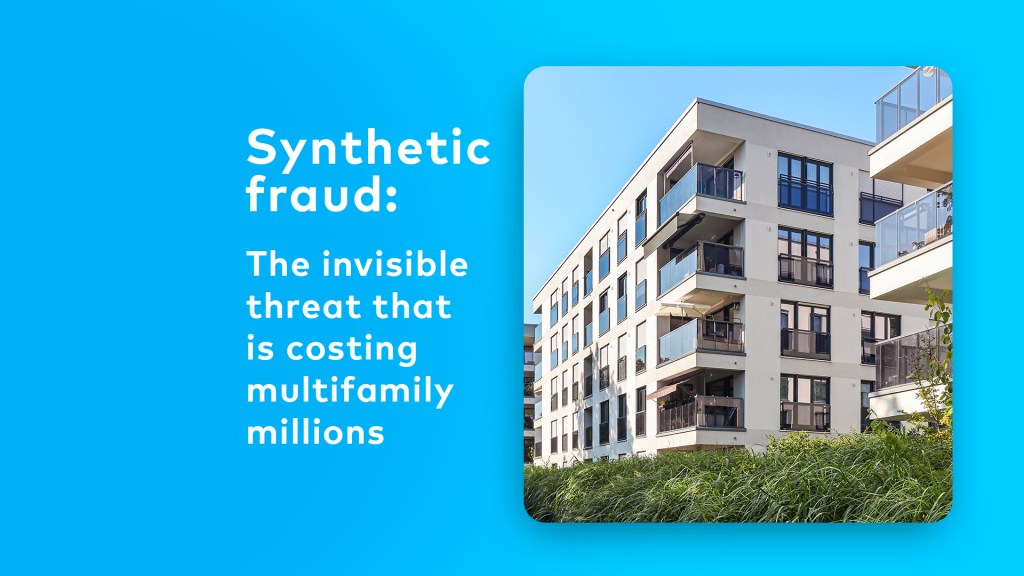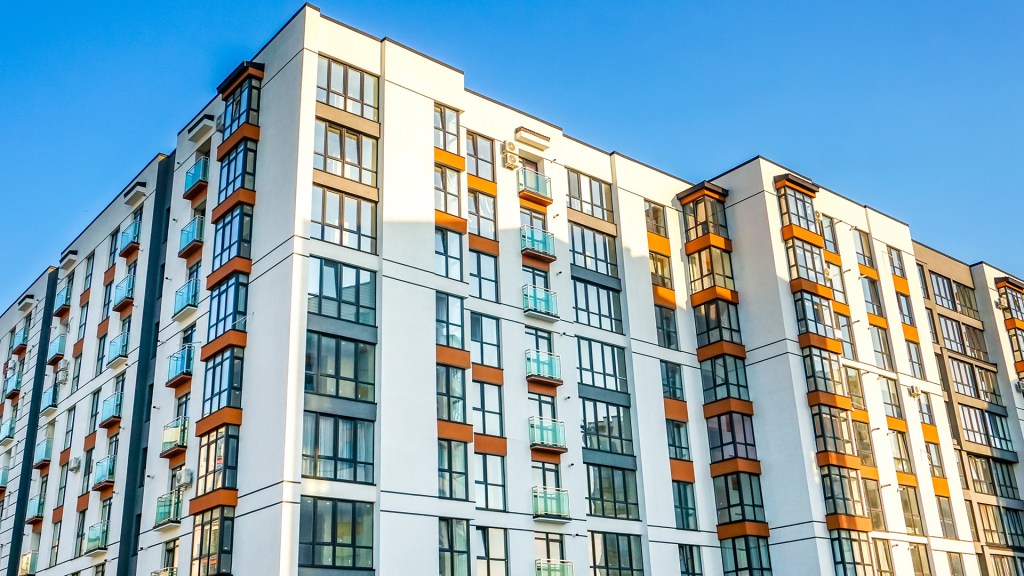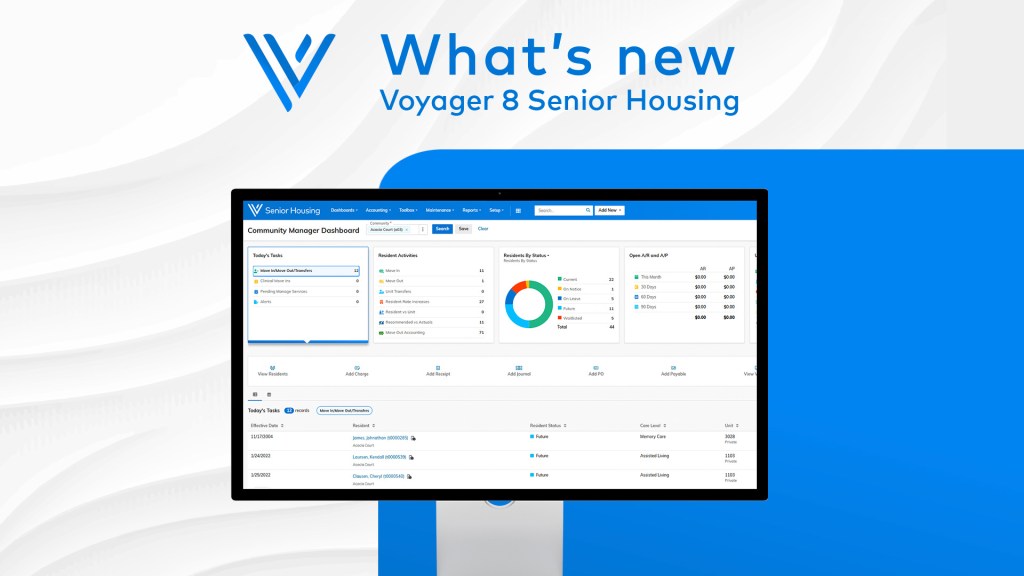By Joel Nelson on April 20, 2022 in Energy
In 2019 we reported on Local Law 97, a key element of the Climate Mobilization Act enacted in New York City in May of that year. Described by the Urban Green Council as “the most ambitious climate legislation for buildings enacted by any city in the world,” Local Law 97 aims to drastically reduce carbon emissions from buildings, which account for more than 70% of the city’s emissions. With the 2024 initial compliance milestone on the horizon, the time seems right for a recap.

The ordinance imposes stringent carbon emission limits for most commercial properties over 25,000 square feet. It will impact more than 57,000 buildings and mandate reductions of 40% by 2030 and 80% by 2050 through caps, energy upgrades and retrofits. The first set of emissions caps carry stiff financial penalties for noncompliance – potentially millions of dollars in some cases. The first cap will go into effect in 2024.
The city is responsible for setting new rules and regulations by the beginning of 2023. A new Office of Building Energy and Emissions Performance will clarify building categories, calculate emissions formulas before the first caps take effect and establish emissions limits for 2035-2039, 2040-2049 and beyond.
The city also created a Property Assessed Clean Energy (PACE) program to help building owners finance energy retrofits and renewable energy projects, such as green roofs, solar energy systems, window insulation, upgraded HVAC systems, improvements to sealing and air ventilation. By the time the law’s tougher requirements take hold in 2030 and later, more labor- and capital-intensive upgrades will be necessary.
Some easy fixes
Some of the mandatory fixes are fairly easy, such as replacing incandescent light bulbs with LEDs, insulating heating pipes, covering or removing window air conditioner units in the winter, tuning and operating boilers correctly, adjusting temperature set points, repairing heating system leaks, insulating pipes and installing timers on exhaust fans. Many building owners have already taken these steps. Additional steps prior to 2024 include embedding efficiency requirements in future leases, upgrading lighting and lighting sensors in tenant spaces, and friendly energy-saving competitions.
Owners might also need to invest in fault detection and diagnostic systems, metering equipment and solar or wind generation, and engage building occupants to play an active role in achieving sustainability goals.
Some building owners are awaiting carbon cap and trade guidelines from the city’s Office of Building Energy and Emissions Performance. Many are also waiting to see whether a new series of renewable energy certificates will be available to offset electricity usage.
Advocates claim the law will create tens of thousands of jobs in construction, design and renovation, along with the environmental benefits. Building owners worry about added costs and bureaucratic complications.
“Local Law 97 gives building owners the impetus to upgrade critical aspects of their infrastructure to not just comply with the law but to better serve users and create longer-lasting structures that are ultimately more energy efficient and cost saving,” says Mariela Abreu, a partner and senior director at real estate advisory DBI Projects, writing in Commercial Observer in March.
Learn how Yardi technology and New York State Energy Research and Development Authority incentives support building managers. Yardi is an approved vendor for NYSERDA’s RTEM program, an ENERGY STAR® Partner of the Year Sustained Excellence Award winner and an ENERGY STAR-certified building operator.


